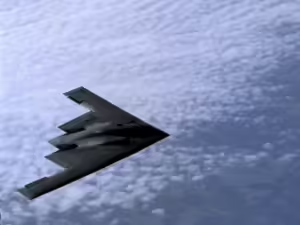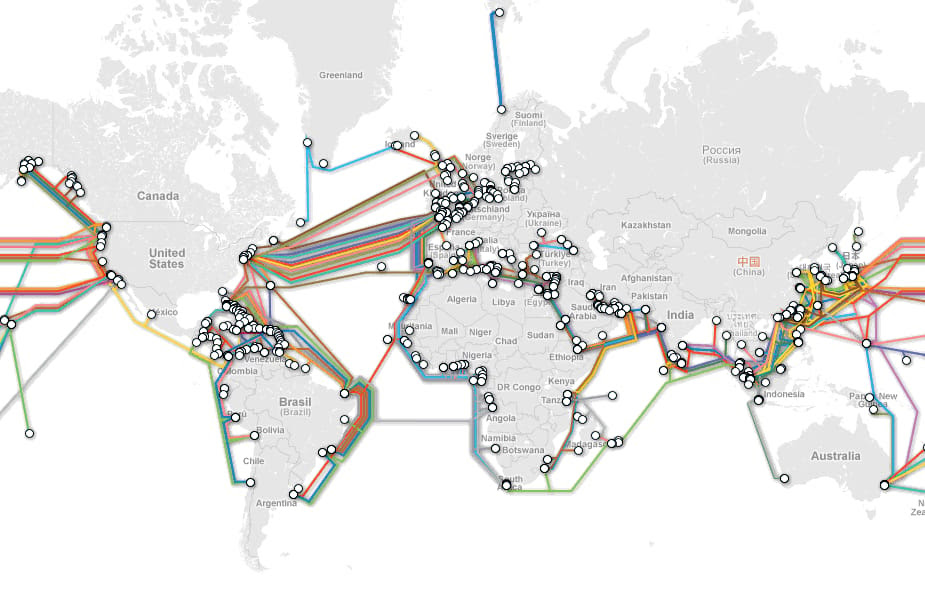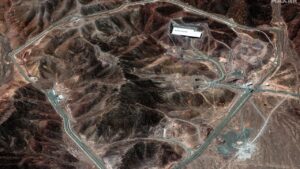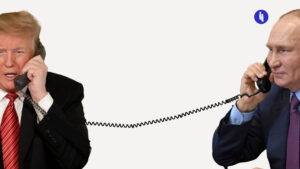Briefly: Various world powers have agreed to cooperate on undersea cable security this month, including pacts between the UK and Norway, and a new partnership agreed between Quad leaders (Australia, India, Japan and the US).
The ocean floor is crisscrossed by 1.5 million km of undersea cables, and modern life isn’t possible without them. 552 cables carry 95% of global data and comms, including everything from $10T in daily financial transactions, to encrypted military secrets, to your favourite geopolitics newsletter.
And these cables already get severed pretty frequently, usually due to:
Stay on top of your world from inside your inbox.
Subscribe for free today and receive way much more insights.
Trusted by 129,000+ subscribers
No spam. No noise. Unsubscribe any time.
- ⛰️ Earthquakes
- ⛏️ Dredging
- 🎣 Fishing trawlers, and
- ⚓ Ship anchors.
Thanks to their location, length and girth (often no thicker than a garden hose), these cables are tough to protect. And there’s nothing malicious global actors love more than critical yet highly vulnerable infrastructure.
So global players are manoeuvring to protect their interests:
- Spooked tech giants are building vast new cables as back-up
- The US is blocking Chinese firms from some cable projects, and so
- China is now outright building its own cable infrastructure in parallel.
Intrigue’s take: States have long seen the strategic value and vulnerability of cables. As far back as 1898, the USS Zafiro cut a cable between Hong Kong and Manila during the Spanish-American war.
But a lot’s changed since then. Much more of our modern world now rests on this global yet mysterious infrastructure. And yet much of our world is also now splintering into mutually suspicious (if not outright hostile) camps.
So you can see why states are moving into this space. More will follow.
Also worth noting:
- The first inter-continental undersea cable was completed in 1858 and connected Ireland to Newfoundland, but failed after three weeks.
- Mysteriously cut cables led to a Taiwanese island going offline earlier this year, and Ethiopia briefly losing 90% of its connectivity last year.
- France announced plans last year to bolster its underwater security efforts by investing in drones, robots, and sub-aquatic vessels.








